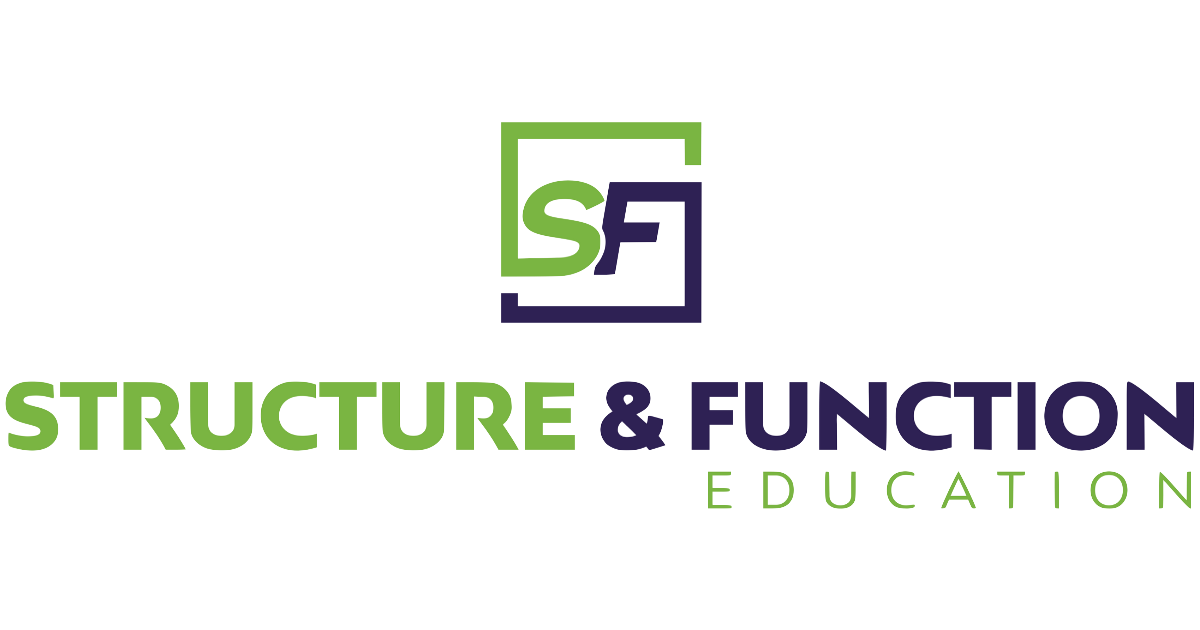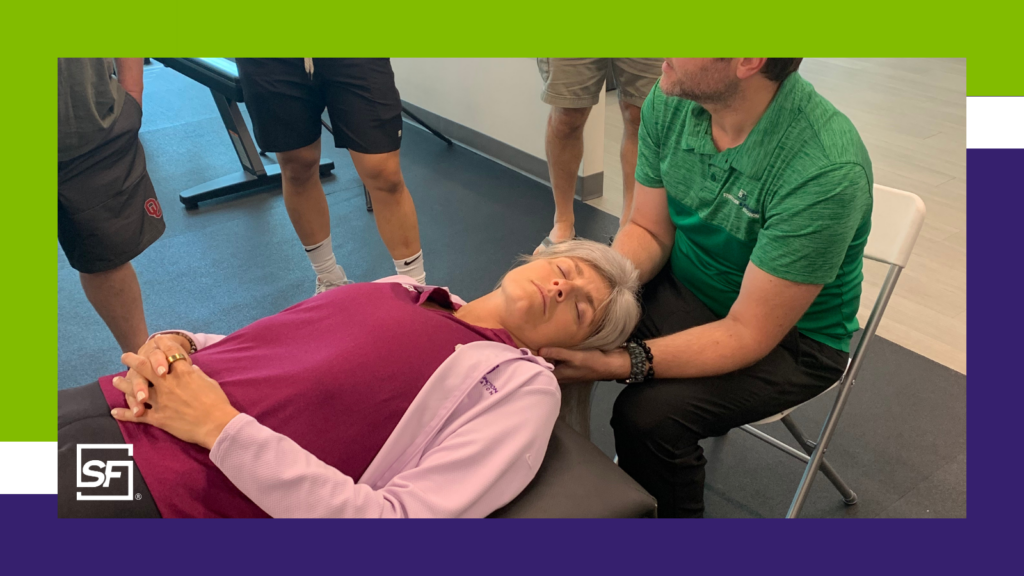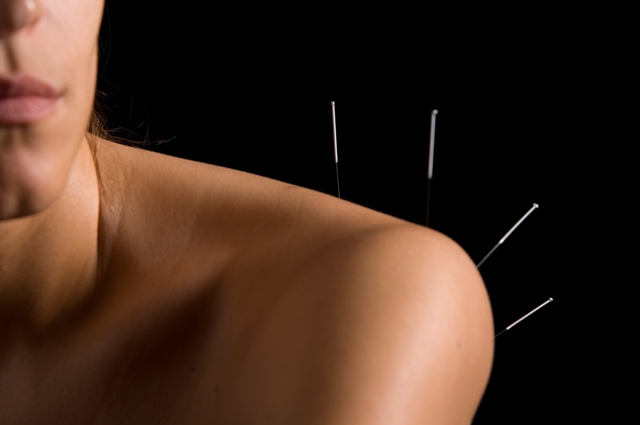Treating Headaches with Dry Needling
Headaches present in our clinics in many different fashions ranging from eye pain, tension in the base of the skull, and even accompanied by nausea, vomiting and sensitivity to light. Different types of headaches may require a combination of multiple forms of treatment, but manual therapy and dry needling have been shown to play a diagnostic and effective role in reducing symptoms. The first step in treating various forms of headaches is to identify the type of headache in which the patient presents.
According to the Mayo Clinic, headaches are classified into primary and secondary forms. Primary headaches are headaches typically related to over activities, problems with pain generating structures, and those are not associated with underlying diseases. Secondary headaches are caused by underlying disease such as infections, hypertension, and concussion. Secondary headaches require referral and possible co-treatment strategies. When treating headaches it is important to identify the type and its cause for an effective treatment plan.
Types of Headaches
Primary headaches consist of cluster headaches, migraine with or without aura, tension headaches and nerve issues like Trigeminal, Facial or Occipital dysfunction. Cluster headaches, although rare, present with pain in or around the eye, may cause one to wake up at night, and can last from weeks to months, followed by periods of remission. Migraine symptoms vary from throbbing or pulsing-like pains, usually on one side of the head, and can last hours to days, potentially completely encompassing the patient. They can be preempted by auras of visual disturbance, tingling in the face, arm, and legs, and even difficulty speaking. Tension headaches consist of a feeling of a tight pain around the head. Tension headaches are generally mild to moderate and are the most common type of headache. Tension headaches present with dull, achy pain in the head, tightness or pressure across the forehead or side of the head and tenderness in the head, neck, and shoulders.
Primary Headaches
Primary headaches consist of cluster headaches, migraine with or without aura, tension headaches and nerve issues like Trigeminal, Facial or Occipital dysfunction. Cluster headaches, although rare, present with pain in or around the eye, may cause one to wake up at night, and can last from weeks to months, followed by periods of remission. Cluster headaches are either cyclical or occur in cluster periods and are one of the most painful types of headaches..
Migraines
Migraine symptoms vary from throbbing or pulsing like pains usually on one side of the head and can last hours to days potentially completely encompassing the patient. They can be preempted by auras of visual disturbance, tingling in the face, arm, and legs, and even difficulty speaking. Migraines or severe headaches are most prevalent in American Indian or Alaska Natives and occur most often in those ages 18-44. Migraine attacks can last for hours to days and can affect activities of daily living.
Tension-Type Headaches
Tension headaches are the most common type of headache reported. They consist of a feeling of a tight pain around the head and tension headaches are generally mild to moderate. Tension headaches present with dull, achy pain in the head, tightness or pressure across the forehead or side of the head and tenderness in the head, neck and shoulders. Although these headaches are not well understood they are divided into two main categories; episodic and chronic.
Nerve Headaches
Nerve headaches can be related to tension-type or a standalone nerve injury. Occipital Neuralgia is a condition affecting the greater occipital nerve, lesser occipital nerve or the third occipital nerve. These headaches can be felt in the upper neck, back of the head, behind the eyes, in the scalp and forehead. The greater occipital nerve is most commonly affected upwards of 90% of the time. Facial Nerve injuries is most known for palsies associated with viral attacks and injuries with medical procedures. The facial nerve can also show symptoms with TMJ disorders and other musculoskeletal syndromes. Trigeminal Neuralgia presents with pain in the face, teeth or mouth and can be described as deep pain down to the brain. Trigeminal disorders can be caused by medical conditions such as MS, infections such as herpes zoster and compression from muscles and vessels.
Secondary Headaches
Secondary headaches are symptoms of a disease and vary greatly in severity. Secondary headaches can stem from many different factors. Many different bacterial and viral infections such as sinus infections present with symptoms of face pain and headache. Primary and secondary hypertension can present with headache symptoms once the blood pressure reaches around 180/120 and is always considered an emergency.
Concussion Headaches
Headaches following a concussion is a common symptom and can range from mild to severe. These headaches are usually accompanied by dizziness, fatigue and difficulty concentrating. Headaches due to a concussion can be attributed to the direct trauma to the head or body but also from whiplash like incidences and other shaking of the head and/or neck.
Treating Headaches
Primary headaches require a multimodal approach to treatment consisting of manipulation/mobilization, manual therapy, dry needling, and therapeutic exercise. (De-la-Puente-Ranea L, et al., 2021). In the case of migraine headaches, diet recommendations may be necessary. Here forward we will discuss the treatment of primary headaches.
When treating different types of headaches, the clinician needs to think locally, segmentally and systemically. Taking advantage of needling distal passive trigger points located near the elbows, hands, knees, and ankles stimulates the hypothalamic-pituitary-adrenal axis or HPA axis. This stimulation can result in descending pain control. Pain control through the HPA activates the Thalamus, Periaqueductal Grey (PAG) and the Raphe Nucleus. (Basbaum et al, 2009. Physiological Effects of Dry Needling, Cagnie, 2013) “Turning on” these mechanisms allow the CNS to modulate incoming pain information for chronic pain, headaches, and migraines.
Many headache patients present with trigger points in the upper trap and a pain pattern consisting of the classic Ram’s Horn distribution. Relieving the trigger point may reduce the symptoms associated with the trigger point. Using Structure and Function’s Pentamodal Method, one identifies the local tissues as the pain generator. Next, the clinician should identify Neural, Fascial, PPTP and Spinal segments involved. Using the Upper Trap example and following Luigi Stecco’s work with fascial lines from the Upper Trap, the clinician may find irritation around the Lateral Deltoid, Masseter and Temporalis areas. Incorporating these patterns stimulates the segmental pain modulation and allows a third pain control mechanism to help relieve the patient’s pain and discomfort.
Another common patient presentation is posterior to posterior lateral cervical pain that, over time, begins to radiate to the base of the occiput and eventually up the posterior skull. Commonly, these patients have palpatory tenderness at the Levator Scapulae attached to the superior medial border of the scapula. Fascially, the clinician may find irritation near the Rhomboid, Superior Oblique and posterior and superior to the Mastoid Process. Over time this presentation can lead to over stimulation of the Greater and/or Lesser Occipital Nerve. Perineural and afferent stimulation of the neurological structures may be indicated. Incorporating the Pentamodal Method in these situations allows the clinician to treat the patient not just for their pain generator but globally as well.
Research suggests that Dry Needling for Tension Type and Cervicogenic Headaches has a strong treatment effect in a low number of treatments. (Pourahmadi, et al. 2021.) Although more research is needed, due to the large effect size, low number of treatments needed to see results with headaches, dry needling appears to deliver good results. Escaloni, et al. suggest that dry needling produces an afferent stimulus to the cervical, vestibular and visual control systems and may be used as a diagnostic tool for cervicogenic dizziness. When needling the Obliquus Capitis Inferior if the patient reports symptoms it may suggest a potential muscular component associated with their dizziness.
If you’re interested in learning how Structure & Function Education’s Pentamodal Method of dry needling can help you treat your patients with differing headache presentations, enroll today in Foundations in Dry Needling for Orthopedic Rehab & Sports Performance and then take our advanced Craniofacial and Upper Quarter Dysfunction course at structureandfunction.net.
Home Exercises
Download our at home exercise handout to share with your patients. Patients please discuss with your healthcare professional the exercises found on this handout to determine if they are right for you.
References
- [Pubmed] De-la-Puente-Ranea L, Gil-Martínez A, Rodríguez-Lopez O, González-Gutiérrez P, Mangas-Guijarro MÁ, Navarro-Fernández G. Manual therapy and exercise for patients with cluster headache. EXCLI J. 2021 May 25;20:948-955. doi: 10.17179/excli2021-3763. PMID: 34
- [Publisher] Cho, Z. H., S. C. Hwang, E. K. Wong, Y. D. Son, C. K. Kang, T. S. Park, S. J. Bai, et al. “Neural Substrates, Experimental Evidences and Functional Hypothesis of Acupuncture Mechanisms.” Acta Neurologica Scandinavica 113, no. 6 (June 2006): 370–77. https://doi.org/10.1111/j.1600-0404.2006.00600.x.
- [Publisher] Cagnie, Barbara, Vincent Dewitte, Tom Barbe, Frank Timmermans, Nicolas Delrue, and Mira Meeus. “Physiologic Effects of Dry Needling.” Current Pain and Headache Reports 17, no. 8 (August 2013): 348. https://doi.org/10.1007/s11916-013-0348-5.
- [Pubmed] Pourahmadi, Mohammadreza, Jan Dommerholt, César Fernández-de-Las-Peñas, Bart Willem Koes, Mohammad Ali Mohseni-Bandpei, Mohammad Ali Mansournia, Somayeh Delavari, Abbasali Keshtkar, and Mehrdad Bahramian. “Dry Needling for the Treatment of Tension-Type, C. https://doi.org/10.1093/ptj/pzab068.
- [Pubmed] Escaloni J, Butts R, Dunning J. The use of dry needling as a diagnostic tool and clinical treatment for cervicogenic dizziness: a narrative review & case series. J Bodyw Mov Ther. 2018 Oct;22(4):947-955. doi: 10.1016/j.jbmt.2018.02.015. Epub 2018 Feb 17.




